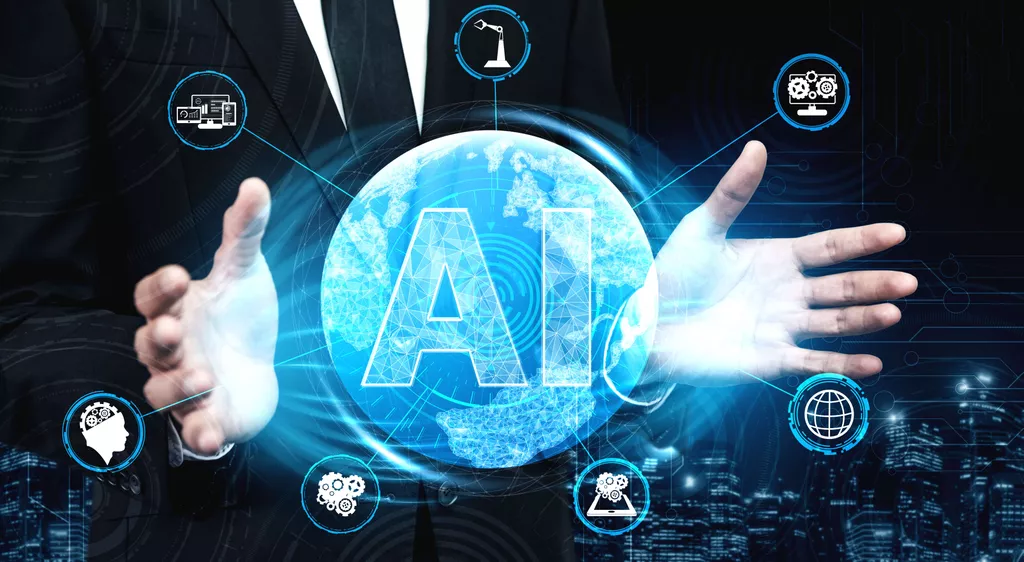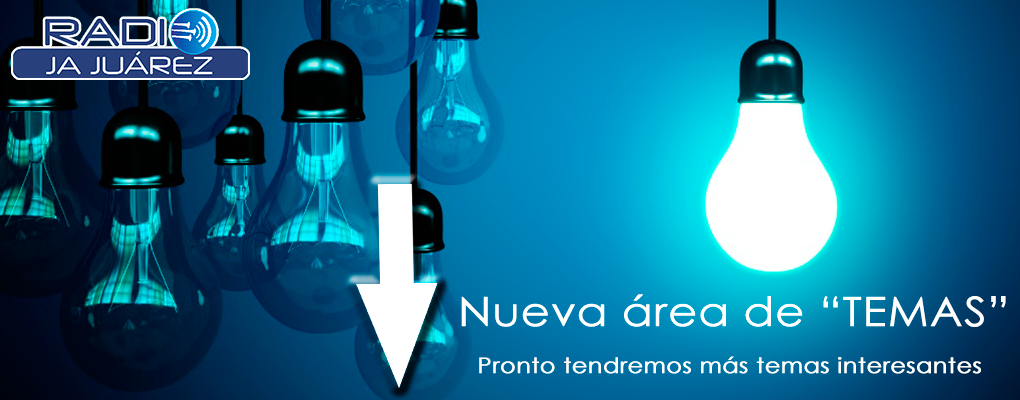
Feature maps from the convolutional layer are down sampled to a size determined by the size of the pooling kernel and the size of the pooling kernel’s stride. An activation function is then applied to the resulting image, and a bias is finally added to the output of the activation function. 3.9 illustrates an example max-pooling operation of applying a 2×2 kernel to a 4×4 image with a stride of 2 in both directions. For example, Google Cloud Vision offers a variety of image detection services, which include optical character and facial recognition, explicit content detection, etc., and charges fees per photo.
What Is Pattern Recognition? (Definition, Examples) – Built In
What Is Pattern Recognition? (Definition, Examples).
Posted: Tue, 11 Apr 2023 07:00:00 GMT [source]
These days, filters are available on most editing and social media apps. Filters are typically a collection of operations that alter an image’s colors and other elements to give it a unique appearance—an intriguing use of image processing filters. In this article, we will discuss what image processing is, where image processing is used, and the differences between image processing and computer vision. It is no secret that the healthcare industry has been widely implementing computer vision throughout their activities. In one of our case studies, we share how SuperAnnotate helped Orsi, Europe’s leading advocate for robotic and minimally invasive surgeries, achieve 3x faster annotation for their surgical image data. It doesn’t stop there, as there are several such cases when medical companies streamline their processes by just trusting industry-lead annotation companies in automating their data processes.
Deep learning methodology proposal for the classification of erythrocytes and leukocytes
Synthetic image labeling is an accurate and cost-effective technique which can replace manual annotations. It involves automatically generating images that are similar to real data, in accordance with criteria set by the operator. For example, it is possible to create a synthetic database of real-life objects or human faces, which are similar but not identical to real objects. An object detection algorithm is tasked with detecting an object in an image and its location in the image frame. A bounding box is the smallest rectangle that contains the entire object in the image. The (Max) Pooling Layer takes the 3×3 matrix of the convolution layer as input and tries to reduce the dimensionality further and additionally take the important features in the image.
- It is used in many applications like defect detection, medical imaging, and security surveillance.
- You need to train your model on the training set, using parameters such as learning rate, batch size, and epochs.
- Overall, the future of image recognition is very exciting, with numerous applications across various industries.
- Several different use cases are already in production and are deployed on a large scale in various industries and sectors.
- This image understanding can be seen as the disentangling of symbolic information from image data using models constructed with the aid of geometry, physics, statistics, and learning theory.
- Our experts will research about your product and list it on SaaSworthy for FREE.
Looking at the grid only once makes the process quite rapid, but there is a risk that the method does not go deep into details. It is often hard to interpret a specific layer role in the final prediction but research has made progress on it. We can for example interpret that a layer analyzes colors, another one shapes, a next one textures of the objects, etc. At the end of the process, it is the superposition of all layers that makes a prediction possible. It scans the faces of people, extracts some of the features from the faces, and classifies them. It also uses a boosting algorithm which is meant to help have a much more accurate classification.
Image classification vs. object detection
Organizations can use image recognition technologies to strengthen security measures and reduce the risk of unauthorized access, data breaches, and other cyber threats. For instance, companies can integrate facial recognition or OCR into their multi-factor authentication (MFA) systems to verify users’ identities more effectively. Additionally, image recognition can enable real-time threat detection in surveillance systems, filter malicious content, automate digital forensics, and identify anomalies in network traffic. The networks in Figure (C) or (D) have implied the popular models are neural network models. Convolutional Neural Networks (CNNs or ConvNets) have been widely applied in image classification, object detection, or image recognition.
Indeed, a model or algorithm is capable of detecting a specific element, just as it can simply assign an image to a large category. The emergence of artificial intelligence opens the way to new development potential for our industries and businesses. More and more, companies are using Computer Vision, and in particular image recognition, to improve their processes and increase their productivity. So we decided to explain to you in a few words what image recognition is, how it works and its different uses. Now, you should have a better idea of what image recognition entails and its versatile use in everyday life. In marketing, image recognition technology enables visual listening, the practice of monitoring and analyzing images online.
How image classification works
Image recognition allows significant simplification of photo stock image cataloging, as well as automation of content moderation to prevent the publishing of prohibited content in social networks. Deep learning algorithms also help to identify fake content created using other algorithms. Modern vehicles are equipped with numerous driver-assistance systems that help to avoid car accidents, prevent loss of control, and many other things that help to drive safely. The most advanced of them uses complex software consisting of numerous sub-systems working in tandem, including image recognition technology.
In real-life cases, the objects within the image are aligned in different directions. When such images are given as input to the image recognition system, it predicts inaccurate values. Therefore, the system fails to understand the image’s alignment changes, creating the biggest image recognition challenge. The output layer consists of some neurons, and each of them represents the class of algorithms.
Typical tasks
What KNN does is it finds the K nearest neighbors to the new point, checks the most frequent class among the neighbors and puts this label to the given point. Despite all the nice things we said about KNN, we have to remember its main drawback — prediction stage for KNNs usually takes a lot of time. He has a background in logistics and supply chain management research and loves learning about innovative technology and sustainability. He completed his MSc in logistics and operations management from Cardiff University UK and Bachelor’s in international business administration From Cardiff Metropolitan University UK. In both cases, the quality of the images and the relevance of the features extracted are crucial for accurate results. Users upload close to ~120,000 images/month on the client’s platform to sell off their cars.
How does image recognition work in AI?
Image recognition algorithms use deep learning datasets to distinguish patterns in images. These datasets consist of hundreds of thousands of tagged images. The algorithm looks through these datasets and learns how the image of a particular object looks like.
Programming item recognition using this method can be done fairly easily and rapidly. But, it should be taken into consideration that choosing this solution, taking images from an online cloud, might lead to privacy and security issues. This process should be used for testing or at least an action that is not meant to be permanent. Discover how to automate your data labeling to increase the productivity of your labeling teams!
Importance of Phase in Image Processing
The advantage of camera-based parking lot detection is large-scale deployment, low-cost installation and maintenance. Customertimes is a leading systems integrator, software publisher, and outsourcer in the Salesforce ecosystem. We’re headquartered in New York and located around the world with more than 1400 experts on our team. We work closely with companies in the Consumer Goods & Retail and Consumer Healthcare industries, and we know that IR processing needs can differ from company to company. User experience and KPIs can also differ, so with CT Vision, we’ve created a product that provides highly targeted, fully customizable insights.
- In the field of machine learning, there are a number of well-known quality metrics for the task of object detection and classification.
- Imagine a bustling airport or a crowded city street – image classification algorithms can automatically analyze the live video feed and identify potential threats or suspicious activities in real time.
- While it is difficult to decide on one particular approach to perform recognition tasks, we’ll discuss six popular methods commonly used by professionals and businesses for pattern recognition.
- With cameras equipped with motion sensors and image detection programs, they are able to make sure that all their animals are in good health.
- The system analyzes medical images and then combines this insight with information from the patient’s medical records, and presents findings that radiologists can take into account when planning treatment.
- Facial recognition is a way of recognizing a human face through technology.
Chopra, Hadsell, and LeCun (2005) applied a selective technique for learning complex similarity measures. This was used to study a function that maps input patterns into target spaces; it was applied for metadialog.com face verification and recognition. Chen and Salman (2011) discussed a regularized Siamese deep network for the extraction of speaker-specific information from mel-frequency cepstral coefficients (MFCCs).
Once you’ve decided you want to learn coding, you’ll be spoiled for choice with numerous online tools designed to help…
If you want to learn more about image processing and deep learning benefits, Simplilearn’s Caltech Post Graduate Program in AI & ML is the perfect way to set you on the right path. Get started with this course today to get started on a successful career path in deep learning. Image processing can be used to recover and fill in the missing or corrupt parts of an image. This involves using image processing systems that have been trained extensively with existing photo datasets to create newer versions of old and damaged photos. This challenge is exacerbated when we want to process larger images with more pixels and more color channels.
What is the meaning of visual recognition?
the ability to recognize an object visually.
At Eyrene, we’ve developed a task-specific approach to calculating image recognition accuracy in retail. Military applications are probably one of the largest areas of computer vision[citation needed]. The obvious examples are the detection of enemy soldiers or vehicles and missile guidance.
Product Develoment Labs: an On-Demand Approach to Product Success
In general, it’s possible to create and train a machine learning system with a regular personal computer. However, the lack of computing power will cause the training process to take months. Saving an incredible amount of time is one of the primary reasons why neural networks are deployed in the cloud instead of locally.
Pattern recognition is a component of image processing that uses AI and machine learning. To discover patterns and other characteristics in photos, image processing is utilized. Handwriting analysis, image identification, computer-assisted medical diagnosis, and many other applications use pattern recognition.
A few years later, Lawrence Roberts, generally considered a pioneer of the internet and computer vision, fostered a discussion about the possibility of deriving 3D geometric data from 2D images. Following that, several academics began working on low-level vision tasks such as segmentation and recognition. The most crucial type of neural network for computer vision is convolutional neural networks. They have been successfully used in many different areas like aerospace and healthcare. Each neuron performs its own simple operation on input from other units and sends its output to other units in subsequent layers until we get an output layer with predicted values.
- A digital image consists of pixels, each with finite, discrete quantities of numeric representation for its intensity or the grey level.
- These extracted insights are then implemented in practice for future pattern recognition tasks.
- So, it’s not only the question of how to create an image recognition app but it’s also the challenge of how to build an image recognition app so that it can enhance your business.
- Hidden CNN layers consist of a convolutional layer, a pooling layer, normalization, and activation function.
- Human pose estimation involves recognizing the position and orientation of a human from an image or sequence of images.
- A pattern can either be seen physically or it can be observed mathematically by applying algorithms.
What is image recognition in CNN?
The Convolutional Neural Network (CNN or ConvNet) is a subtype of Neural Networks that is mainly used for applications in image and speech recognition. Its built-in convolutional layer reduces the high dimensionality of images without losing its information. That is why CNNs are especially suited for this use case.















